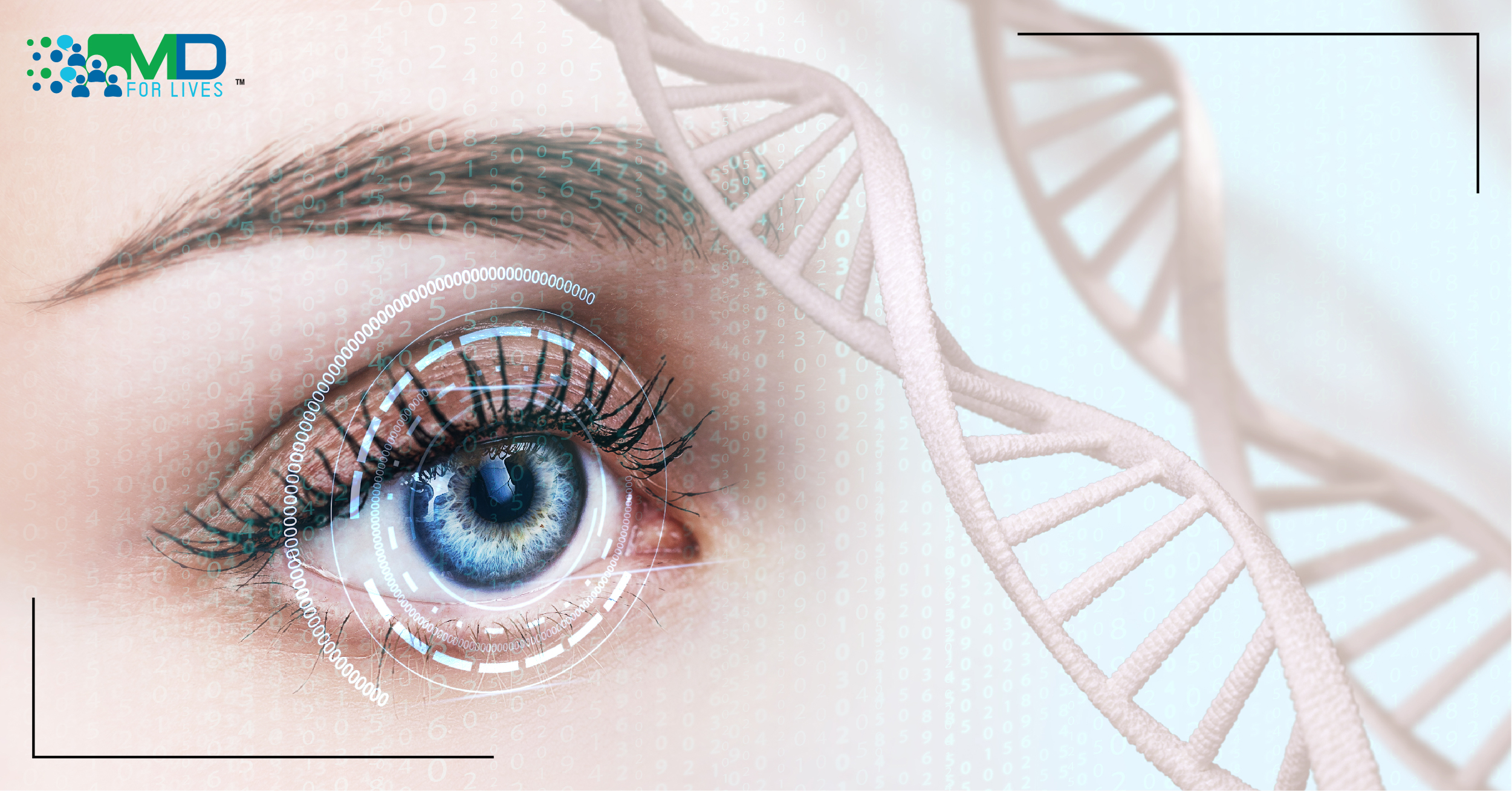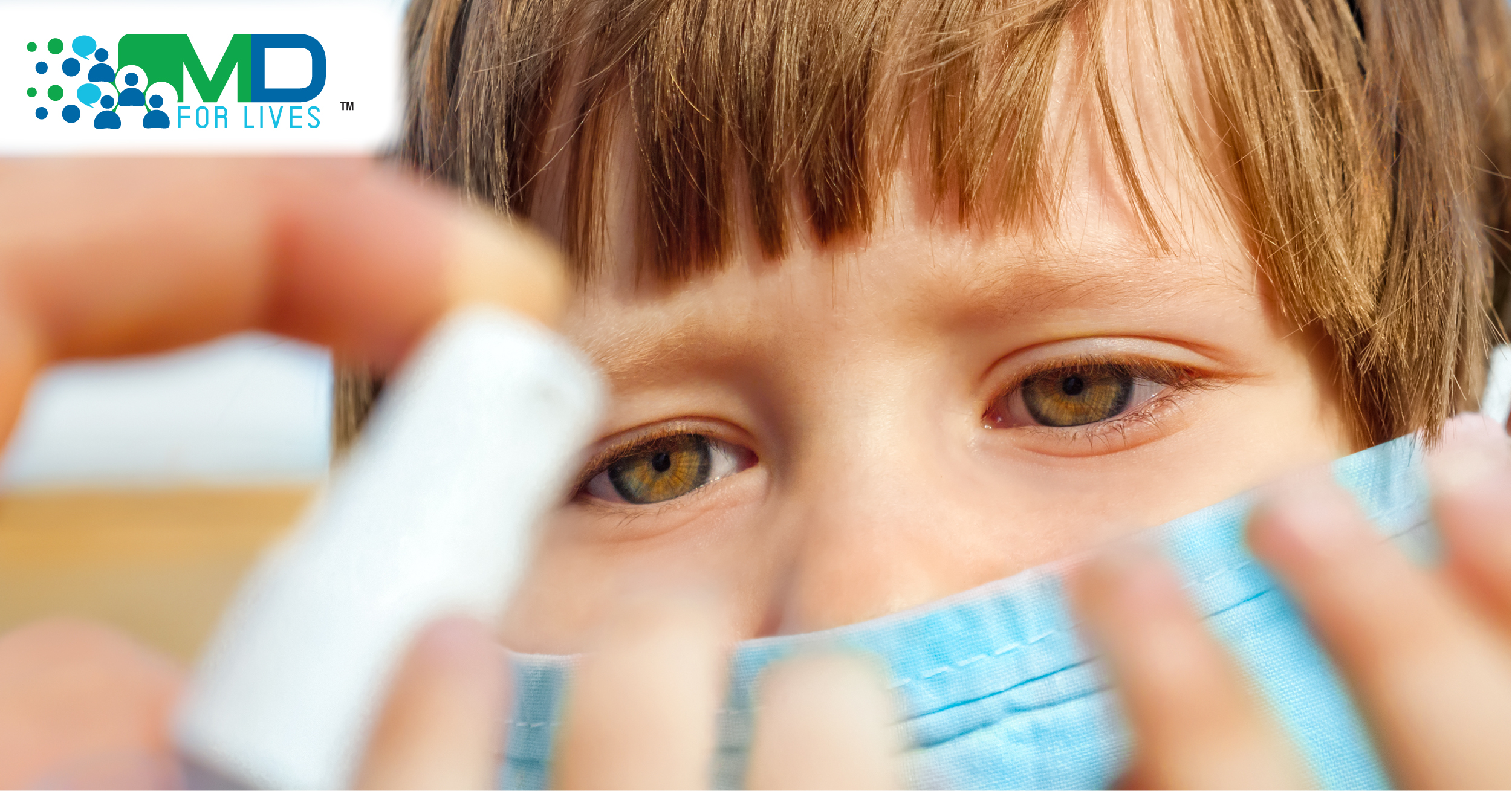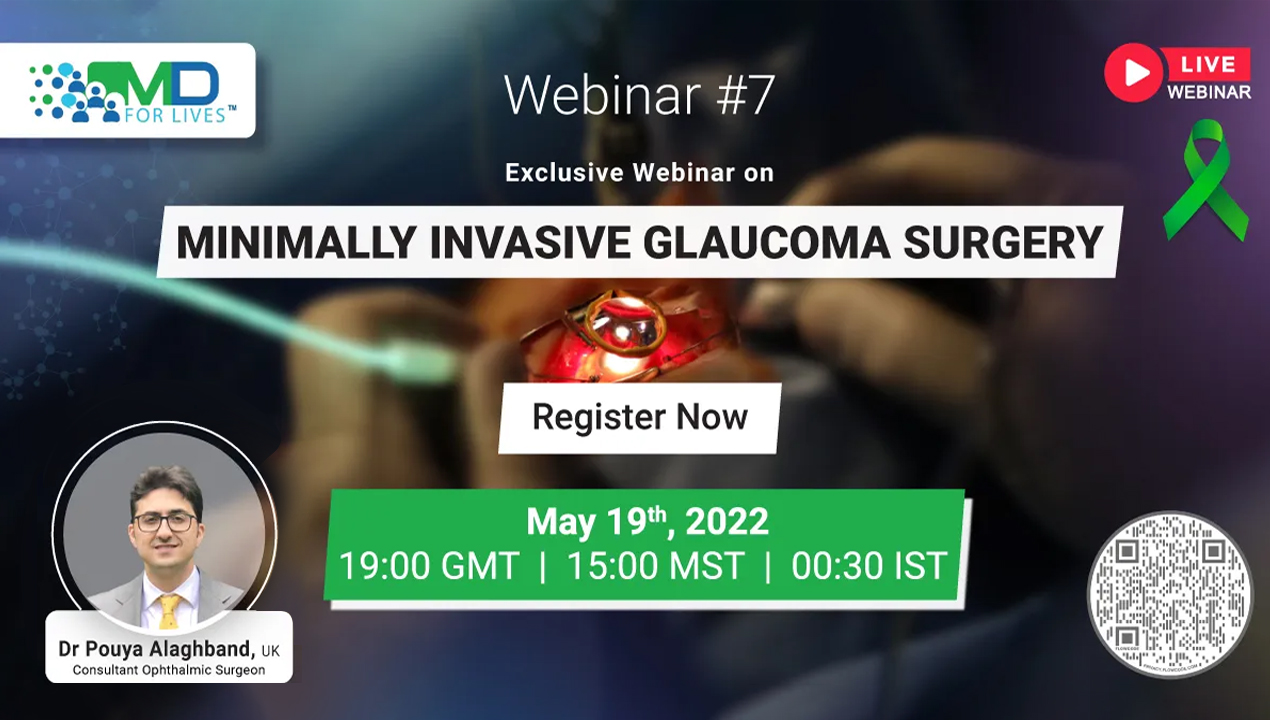Dry eye disease (DED) is a common problem.
A study from the American Journal of Ophthalmology found that over 16 million Americans suffer from dry eyes.
However, the true number of sufferers is unknown since who has dry eyes is inherently vague (is a diagnosis based on symptoms, clinical signs, or both?). When the diagnosis is based on symptoms (with or without signs), meta-analysis yields prevalence values ranging from 5% to 50%; when signs alone are used, the prevalence is as high as 75% in certain cohorts.
There are 2 major types of dry eye disease:
- Aqueous Deficiency- An inability to produce tears
- (2) Evaporative Dry eye- Disease resulting from excessive tear film evaporation.
Decreased tear production is much less common. Only 10-15% of all dry eye disease cases are solely due to insufficient tear production. The majority of dry eye disease cases stem from excessive tear evaporation.
The chief cause of evaporative dry eye disease is meibomian gland dysfunction. Tear film instability associated with MGD leads to tear hyperosmolarity, resulting in apoptosis and inflammation of ocular surface cells, all of which contribute to and perpetuate the vicious cycle of DED and the primary cause of evaporative DED is Meibomian Gland Dysfunction (MGD).
Currently, dry eye disease is typically treated with a stepwise approach. Lubricating eyedrops (also referred to as artificial tears) are often recommended as a first-line therapy. These eyedrops are relatively inexpensive, easily accessible, and available without a prescription and safety profile.
Artificial tears are available in preservative and non-preservative formulations. Warm compresses using a towel or a heat mask may be applied over the eyes to facilitate oil drainage from the meibomian glands.
TFOS DEWS II developed an evidence-based, four-stage approach to determine treating DED based on subjective and objective severity measurements.
Step 1
It includes patient education; environmental modifications; dietary recommendations; and home treatment with lid hygiene, warm compresses, and lubricating eye drops.
Step 2
It comprises of management with prescription medications, including topical steroids, cyclosporine, leucocyte function–associated antigen-l antagonists, secretagogues, and topical or oral antibiotics. This step also includes the placement of punctual plugs and other minor in-office procedures such as meibomian gland expression and intense pulsed light application.
Step 3
It includes oral secretagogues, bandage or scleral contact lenses, and autologous serum eyedrops.
Step 4
This is reserved for refractory DED that may require long-term topical corticosteroids, amniotic membrane grafting, or surgical intervention such as permanent punctual occlusion, tarsorrhaphy, and other eyelid procedures.
Cyclosporine eyedrops are now available in different formulations with varying percent dilution (0.05%-0.1%).
DED immune pathophysiology comprises four stages:
- Initiation
- Amplification
- Recruitment
- Re-initiation5
Cyclosporine is proven to be a valuable ophthalmic therapeutic for DED through its immunomodulatory actions and regulation of the adaptive immune response. Cyclosporine improves goblet cell density and possesses anti-apoptotic properties.
Ocular Therapeutix is working on a cyclosporine delivery product. The cyclosporine is delivered via a preservative-free insert. The medicine is inserted into the punctum. The insert is fully biodegradable. The insert delivers therapy for up to 12 weeks. Topical steroid therapy typically works in resolving inflammation associated with dry eye disease. Due to the known side effects, these eyedrops are primarily used temporarily to reduce dry eye-associated inflammation quickly.
Nov103 (brand name: Miebo) by Bausch and Lomb was recently FDA-approved (May 2023). It is a preservative-free, sterile ophthalmic solution with a unique dual mode of action that affects known abnormalities in the lipid layer and meibomian glands. NOV03 was shown to reduce signs and symptoms of DED as early as week 2 when administered BID or QID over an 8-week treatment period.
TP-03 (lotilaner ophthalmic solution, 0.25%) is a novel, investigational therapeutic treatment by Tarsus Pharmaceuticals designed to treat Demodex-related blepharitis. Blepharitis is a common cause of dry eyes.8 Demodex, a microscopic ectoparasite, is a common cause of blepharitis.
Both trials met the primary and secondary endpoints, with statistical significance and no serious treatment-related adverse events. Both trials also demonstrated that TP-03 was generally safe and well-tolerated.9 TP-03 is waiting for FDA approval (expected August 2023).
Reproxalap by Aldeyra Pharmaceuticals is another therapy being developed for DED. In a phase 2a trial of 3 reproxalap formulations (0.1% ophthalmic solution, 0.5% ophthalmic solution, and 0.5% lipid ophthalmic solution), all three formulations improved key measures from baseline, including
- Symptom Assessment in Dry Eye Disease score (P =.003)
- Ocular Discomfort Scale score (P <.0001)
- Ocular Discomfort Score
- 4-Symptom Questionnaire overall score (P = 0.0004)
- Schirmer test (P =.008)
- Tear osmolarity (P =.003)
- Lissamine green total staining score (P =.002) during a 28-day treatment duration.
This therapy is seeking FDA approval with an approval decision date of November 23, 2023.
Azura Ophthalmics lead clinical-stage drug candidate, AZR-MD-001 ophthalmic ointment preparation which is applied directly to the meibomian glands in the lower eyelid.11 AZR-MD-001 is thought to have a multi-modal mechanism of action that treats the pathophysiology of meibomian gland dysfunction and the resulting ocular surface symptoms.
The phase 2 trial met its co-primary endpoints of improvements in Meibomian Glands Yielding Liquid Secretion (MGYLS; the number of open glands) and Ocular Surface Disease Index©1 (OSDI©; improved symptoms).
The trial met its primary endpoint. The trial also met additional clinically meaningful endpoints, including improvements in meibum quality (measured by MGS), improvements in tear stability (measured by tear break-up time) and improvements across multiple patient-reported outcome measures (SPEED and average VAS). AZR-MD-001 was safe and well tolerated in this study.12 The company plans on moving forward to its phase 3 trial.
In summary, many new therapies for dry eyes have been or will be recently approved. Doctors will soon have a wider range of choices available for their patients suffering from dry eye disease.
Written by: Dr David Jupiter, Optometrist
References:
- Farrand KF, Fridman M, Stillman IÖ, Schaumberg DA. Prevalence of Diagnosed Dry Eye Disease in the United States Among Adults Aged 18 Years and Older. Am J Ophthalmol 2017 Oct;182: 90-98. DOI:10.1016/j.ajo.2017.06.033.
- Stapleton F et al. TFOS DEWS II epidemiology report. Ocul Surf. 2017;15(3):334-365.
- Tauber J, Berdy GJ, Wirta DL, Krosser S. Nov03 for Dry Eye Disease Associated with Meibomian Gland Dysfunction. Results of the Randomized Phase 3 Gobi Study. Ophthalmology. P. 516-524. May 2023. Volume 130, issue 5.
- Jones L et al. TFOS DEWS II management and therapy report. Ocul Surf. 2017;15(3):575-628.
- Periman LM, Mah FS, Karpecki PM. A Review of the Mechanism of Action of Cyclosporine A: The Role of Cyclosporine A in Dry Eye Disease and Recent Formulation Developments. Clin Ophthalmol. 2020 Dec 2;14:4187-4200. doi: 10.2147/OPTH.S279051. PMID: 33299295; PMCID: PMC7719434
- Ocular Therapeutix. “OTX-CSI (cyclosporine intracanalicular insert”. Https://OTX-CSI (cyclosporine intracanalicular insert) – Ocular Therapeutix (ocutx.com). Accessed May 28, 2023.
- Tauber J, Wirta DL, Sall K, Majmudar PA, Willen D, Krösser S; SEECASE study group. A Randomized Clinical Study (SEECASE) to Assess Efficacy, Safety, and Tolerability of NOV03 for Treatment of Dry Eye Disease. Cornea. 2021 Sep 1;40(9):1132-1140. doi: 10.1097/ICO.0000000000002622. PMID: 33369937; PMCID: PMC8330824.
- Ayres, B.D., Donnenfeld, E., Farid, M. et al. Clinical diagnosis and management of Demodex blepharitis: the Demodex Expert Panel on Treatment and Eyelid Health (DEPTH). Eye (2023). https://doi.org/10.1038/s41433-023-02500-4
- Shah PP, Stein RL, Perry HD. Update on the Management of Demodex Blepharitis. Cornea. 2022 Aug 1;41(8):934-939. doi: 10.1097/ICO.0000000000002911. Epub 2021 Nov 3. PMID: 34743107.
- Clark D, Sheppard J, Brady TC. A randomized double-masked phase 2a trial to evaluate activity and safety of topical ocular reproxalap, a novel rasp inhibitor, in dry eye disease. J Ocul Pharmacol Ther. 2021;37(4):193-199. doi:10.1089/jop.2020.0087
- EyeWire. “Azura Ophthalmics to Present New Data on AZR-MD-001 in Meibomian Gland Dysfunction at ASCRS and ARVO”. April 20, 2023.https://eyewire.news/news/azura-ophthalmics-to-present-new-data-on-azr-md-001-in-meibomian-gland-dysfunction-at-ascrs-and-arvo. And Azura Ophthalmics announces positive results from phase 2b clinical trial of AZR-MD-001 in meibomian gland dysfunction. Accessed May 28, 2023.
- Azura. “Azura Ophthalmics Announces Positive Results from Phase 2b Clinical Trial of AZR-MD-001 in Meibomian Gland Dysfunction”. November 17, 2022. https://azuraophthalmics.com/press-releases/azura-ophthalmics-announces-positive-results-from-phase-2b-clinical-trial-of-azr-md-001-in-meibomian-gland-dysfunction. Accessed May 28, 2023.

MDForLives is a vibrant community of healthcare professionals and patients dedicated to shaping the future of healthcare. We provide valuable global insights to healthcare companies through online surveys, interviews, and discussion forums.






